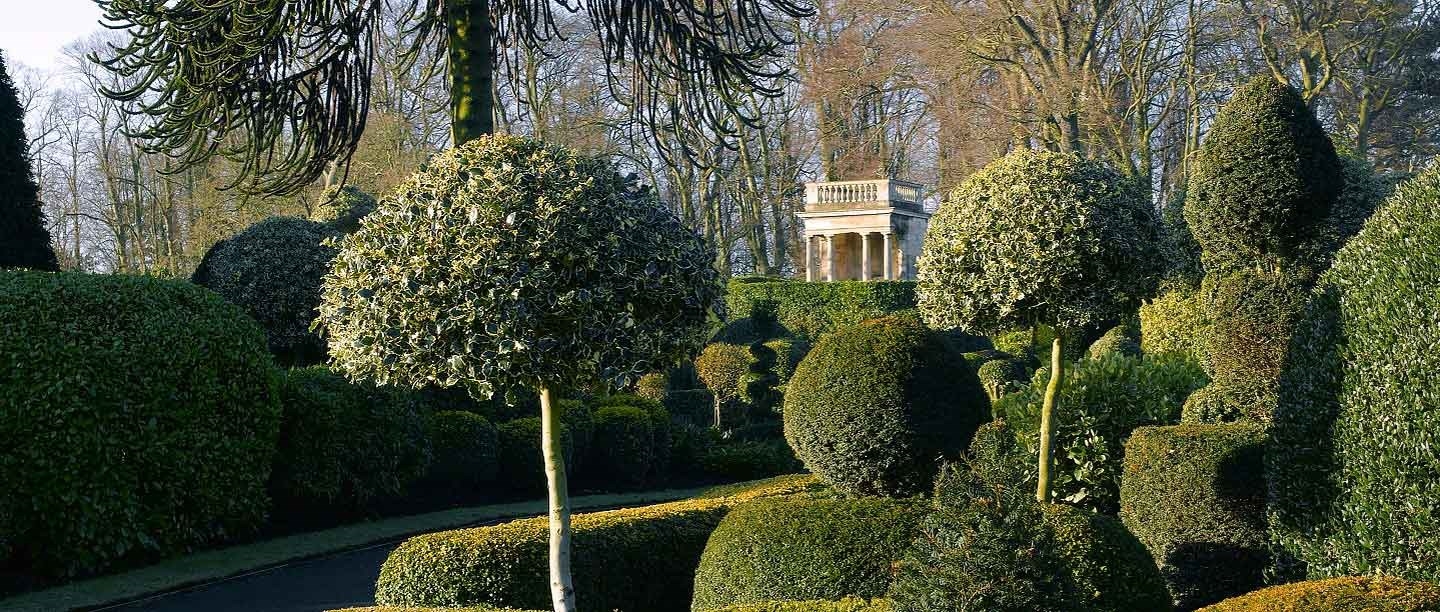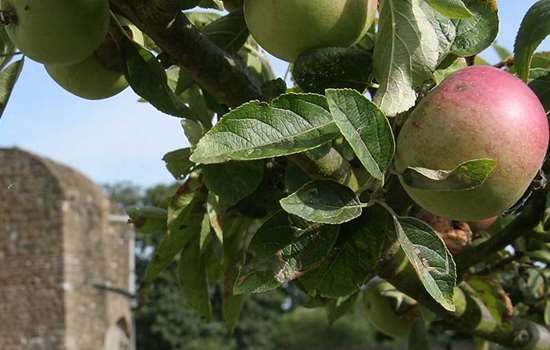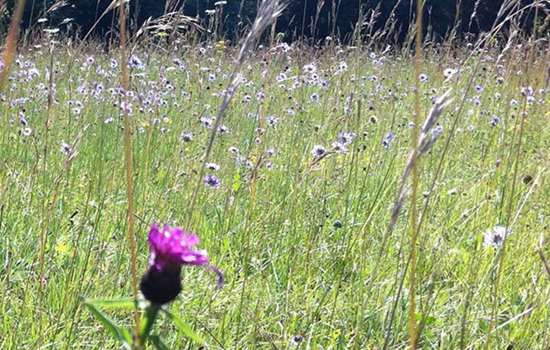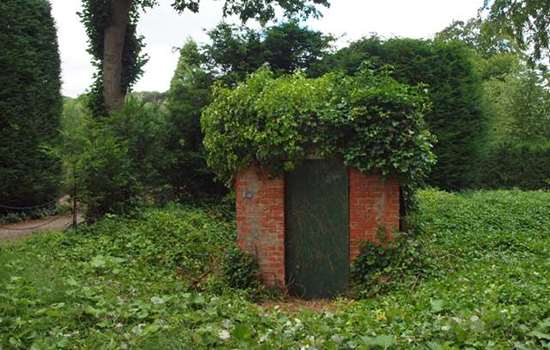What we do
Looking after historic parks and gardens can be complex. The protection and conservation of historic designs and features have to be carefully balanced against the needs of visitors, wildlife and the conservation of rare historic plants. Read more about some of the challenges faced by our gardens teams and the key areas of our conservation work.
Caring for Plant Collections
English Heritage cares for many significant and historic plants and plant collections. Some of the plants are among the earliest introductions of that species in the UK. Others are intrinsically linked with historic events or people, such as those at Down House, the family home of Charles Darwin where he developed his ground-breaking theories.
We also conserve collections of rare historic plants, such as fruit cultivars and over 3,000 veteran trees. At Marble Hill, for example, we care for a Black Walnut which has been recorded as the third largest in the country and is about 300 years old. These important collections often depend on conserving the unique microclimates that are vital to their survival.
Managing Threats
Threats from animals, pests, diseases and invasive plant species are some of the many challenges we face when conserving our historic gardens and landscapes. These threats have many causes, including climate change and increased global trade. Diseases can be introduced through infected plant material or human transfer. They can also spread through natural causes, such as by wind, water and wildlife.
The consequences of climate change are already noticeable in many historic gardens, from increased carbon dioxide levels to average temperature changes and more frequent extreme weather. These changes affect not only historic planting but also visitor numbers and needs, perhaps resulting in more wear and tear or alterations to visitor facilities and routes due to changes in the prevailing weather conditions. We therefore monitor the effects of climate change in our gardens and landscapes, and also limit the use of peat and manage green waste sustainably wherever possible.
Research
Detailed historical research enables us to restore historic designs and introduce appropriate historic plants. Our research methods include landscape and geophysical surveys, aerial photography, and remote sensing technology as well as excavation and the study of environmental archaeological evidence.
At Bolsover Castle in Derbyshire, for example, detailed historical and archaeological research was the focus of the restoration of a 17th-century style garden. The garden planting was based on the advice of 17th-century garden writers such as John Gerard and John Parkinson in his book Paradisi in Sole Paradisus Terrestris (1629).
Where historical evidence is lacking, new designs may be appropriate, such as those created for our Contemporary Heritage Gardens project. These designs had to be in keeping with the context of each historic property but also present the best of contemporary design and set standards of design for future heritage.
The following document outlines our methodology for landscape conservation and our approach to management and maintenance. It is intended to help guide decision-making for the cyclical management of the historic landscapes in our care as well as repair, restoration and reconstruction projects.
Read our guidance documentWork in our gardens
Like the idea of working in some of the country's most beautiful and historic gardens? From planting Arts and Crafts beds to maintaining endangered wildflower meadows, working in our gardens team is full of variety and opportunity.
Learn more about the people who work in our gardens and the kinds of activities we do to preserve these amazing cultural heritage sites.
Read more about the roles in our gardens teamHistoric and Botanic Garden Training Programme
English Heritage manages the Historic and Botanic Garden Training Programme (HBGTP). The scheme trains those passionate about a career in horticulture in the skills needed to care for a historic or botanic garden.
Find out more about the HBGTP programmeExplore More
-
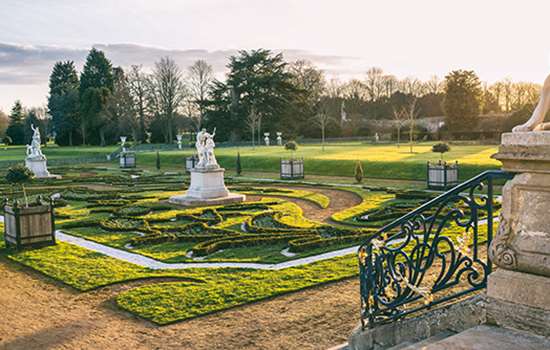
Visit our Gardens
Find beautiful gardens to visit and learn more about the history of gardens through the ages.
-
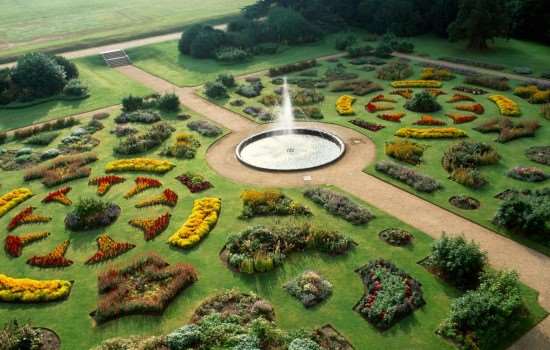
Perfect Parterres
Learn more about the parterre gardens at our sites. These formal gardens are distinguished by their ornamental arrangement of flowerbeds laid out in intricate designs.
-
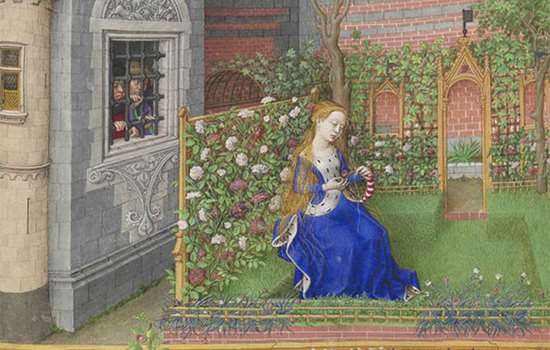
Gardens Timeline
Explore how garden and landscape design has evolved in England from the Romans to the 20th century.
-
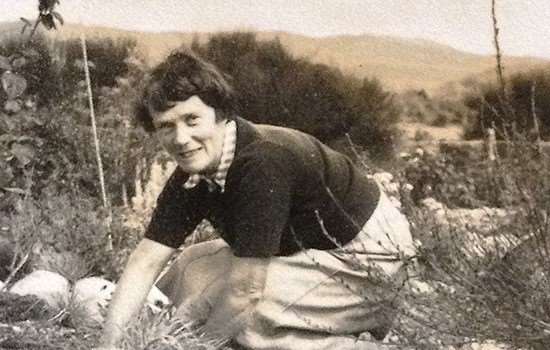
Weeding Women: Shaping England's Gardens
Explore the unsung role of ‘weeding women’ in the history of English gardens, and the difficulties of tracing their stories.
